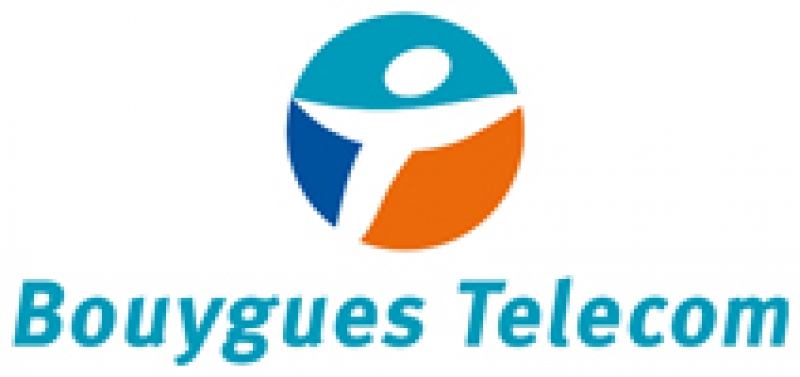
As mentioned in my previous post on apps, our iPhones are glued to our hands, even while travelling. While of course WiFi is available in many places, it's still handy to have full data service on our phones so we are ALWAYS connected.
We are located in Toronto, so our home plan covers us anywhere in Canada. But using the plan outside of the country would result in data roaming fees through the roof. (This isn't just a Canadian problem -- pretty much any data usage outside of one's home country can result in some crazy bills).
So usually before leaving on a trip, we try to figure out the best way to get data in the country we are going to. Voice service on the plan isn't as big an issue for us -- we can always use Skype if we need to make a call. But buckets and buckets of data is a MUST!
Below is a summary of some of the different services we have used around the world. Remember that cell phone plans change constantly, so there's no guarantee that these plans are still available, and/or if there are better options available. But hopefully some will still find this useful. It is important to note that we have factory unlocked iPhones, so we are able to pop any company's SIM card into the phone and it will (usually) work. If your phone is still locked to your carrier and you have not jailbroken/unlocked the phone, you will not be able to do this. You may have to try a MiFi option (see below what we did in Japan). And while these options may also work for non-iPhone smartphones, we personally don't have any experience.

The first step is to get your hands on an AT&T SIM card, either micro-SIM or nano-SIM depending on what your phone takes. They can be picked up at any AT&T or Apple Store in the US (although for the Apple Store you may need to make a Genius Appointment first - YMMV).
Next step is to activate your account. There may be other ways to do this, but we have found that the SIM needs to be activated in an actual iPad. With the AT&T SIM in the iPad, navigate under Settings to the screen that allows you to set up a data account. You don't have to be actually in the US to do this -- you can be connected to the Internet through WiFi. There are three data plans available - $14.99 for 250MB, $30 for 3GB, and $50 for 5GB, good for a month. You can stop the plans from renewing and restart again later if you don't need it every month (you can do this online - no need to have access to the iPad anymore).
Once you have the SIM activated, the last step is to "trick" the iPhone into having the proper settings to accept the iPad SIM. What needs to be done is to change the APN setting to "broadband". In order to do this, navigate to www.unlockit.co.nz on your phone, select the option to "Create APN", and then select Country:US and Carrier:AT&T (Broadband). Then follow the directions to create the APN and install it on your device. (When you are back in your home country, you will have to go into Settings/General/Profiles and delete the APN changer.)


Japan is one of our favourite countries in the world. Steven and I have each been there 3 times (the last 2 times together), and we can't wait to return there and explore more of the country. Our last trip was for about a week in the summer of 2010. Communicating what you want in a Tokyo retail store can be pretty complicated at the best of times when you speak no Japanese, so the thought of purchasing SIM cards and a data plan while there was not something we wanted to deal with. So we decided to rent a Japanese MiFi device in advance instead. For those who don't know what a MiFi device is, it's a small portable device that picks up a cell signal and creates a local WiFi network to allow you to connect to it. If you have a locked phone, this is easiest way to connect.
We rented the MiFi through a company called JCR Corporation. It ended up costing about $190 for the week for unlimited data, but it was super convenient. It was waiting for us at the hotel when we arrived, and there was a pre-paid mailer for us to return it when we left.
Our Hebrew is as rusty as our Japanese, so we wanted to make sure we had our mobile data plan worked out before our arrival. We rented SIM cards from a company called IsraelPhones. They have a number of agents around the world through which you can rent the SIM cards from. I called one of their agents in suburban Toronto, and they arranged for the SIM to be FedEx'ed downtown to us (We may love to fly half-way around the world on a whim, but it will take a lot to make us drive to the 'burbs!). These SIM cards gave us unlimited data while in Israel, and a local number to make and receive calls. They take your credit card number and charge you after you return the SIM, based on usage. Our bill for just over a week's rental was about $60 for each of us.


In the next few months, our travels take us to Singapore, Thailand, Vietnam, Hong Kong, Turkey and the United Arab Emerates. If anyone has any advice for pay-as-you-go data SIMs in those places, please let us know in the comment section below.